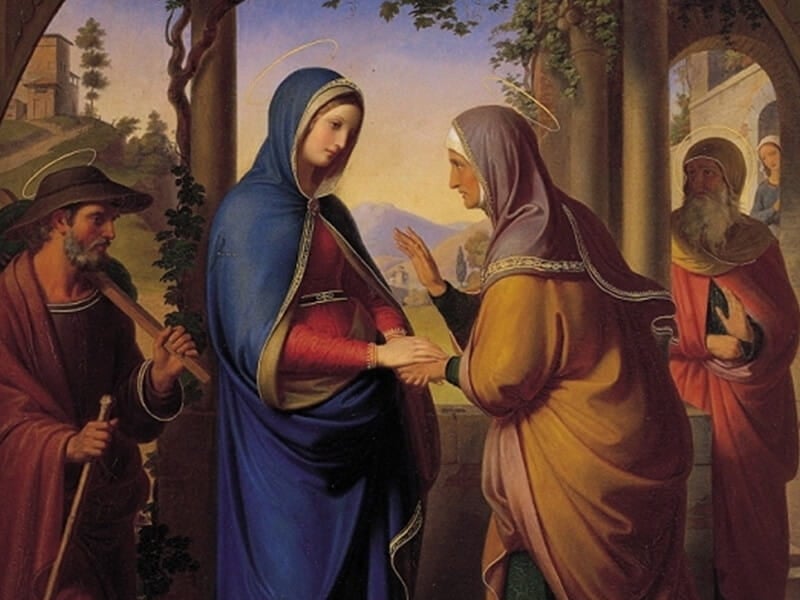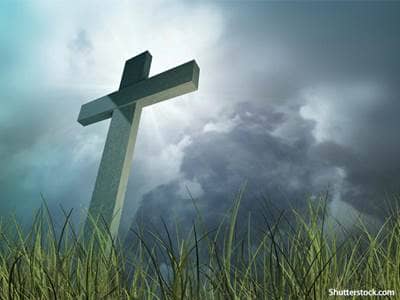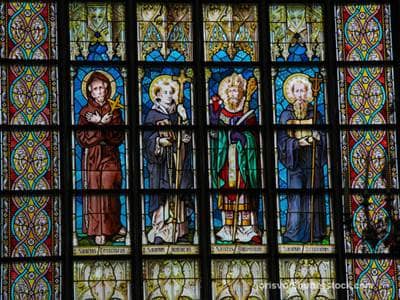Visitation

This is a fairly late feast, going back only to the 13th or 14th century. It was established widely throughout the Church to pray for unity. The present date of celebration was set in 1969 in order to follow the Annunciation of the Lord (March 25) and precede the Birthday of John the Baptist (June 24).
Like most feasts of Mary, it is closely connected with Jesus and his saving work. The more visible actors in the visitation drama (see Luke 1:39-45) are Mary and Elizabeth. However, Jesus and John the Baptist steal the scene in a hidden way. Jesus makes John leap with joy—the joy of messianic salvation. Elizabeth, in turn, is filled with the Holy Spirit and addresses words of praise to Mary—words that echo down through the ages.
It is helpful to recall that we do not have a journalist’s account of this meeting. Rather, Luke, speaking for the Church, gives a prayerful poet’s rendition of the scene. Elizabeth’s praise of Mary as “the mother of my Lord” can be viewed as the earliest Church’s devotion to Mary. As with all authentic devotion to Mary, Elizabeth’s (the Church’s) words first praise God for what God has done to Mary. Only secondly does she praise Mary for trusting God’s words.
Then comes the Magnificat (Luke 1:46-55). Here Mary herself (like the Church) traces all her greatness to God.
-
St. Hesychius of Jerusalem (c. 450)
-
St. Rose of Viterbo (1233-1251)
-
St. Berard and Companions (d. 1220)
-
Transfiguration of the Lord
-
Blessed Kateri Tekakwitha (1656-1680)
-
Blessed Jacinta and Francisco Marto (1910-1920; 1908-1919)
-
St. Thomas of Villanova (1488-1555)
-
Presentation of the Lord
-
Blessed Luchesio and Buonadonna (d.1260)
-
Blessed Jolenta (Yolanda) of Poland (d. 1298)


